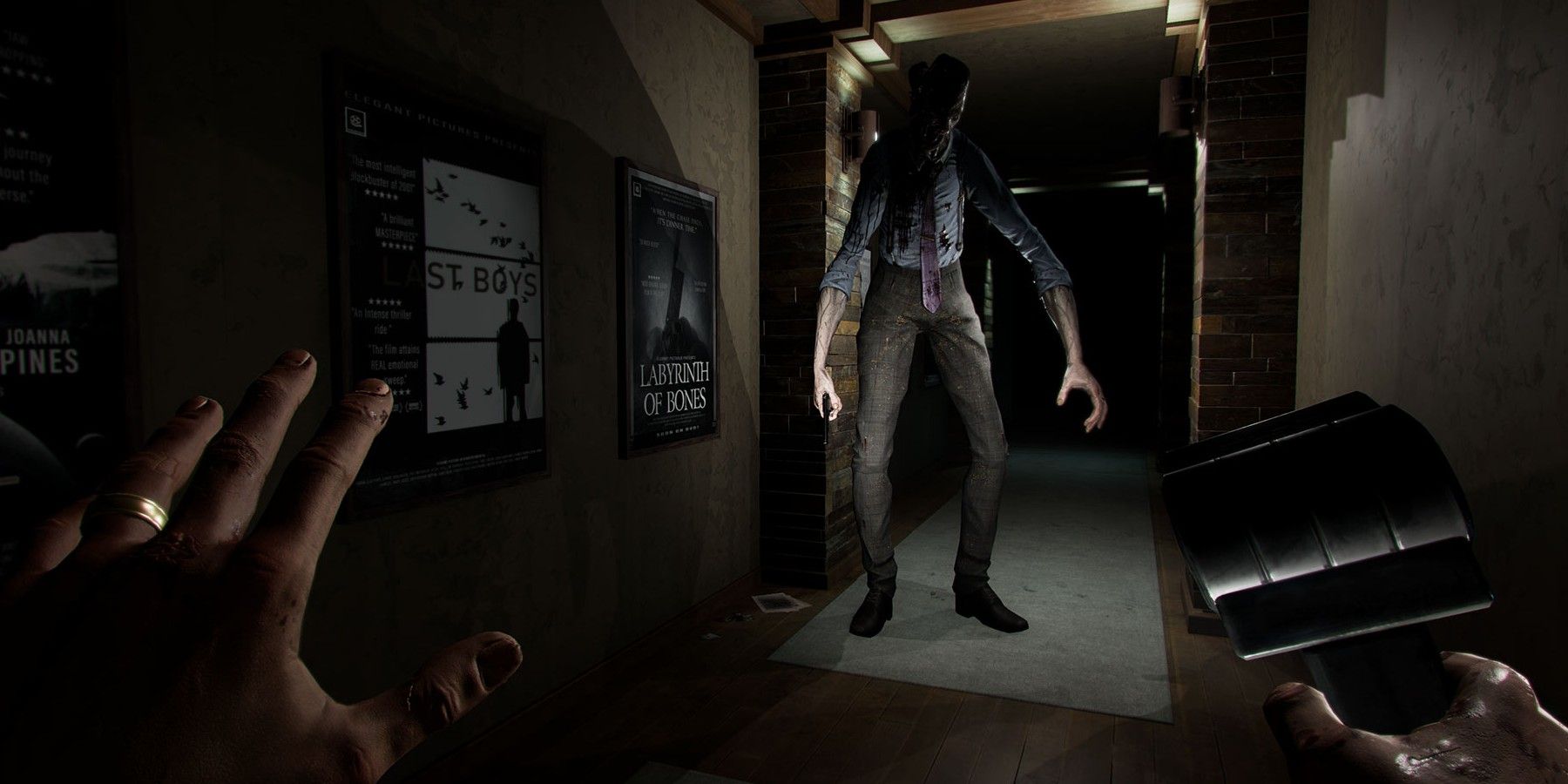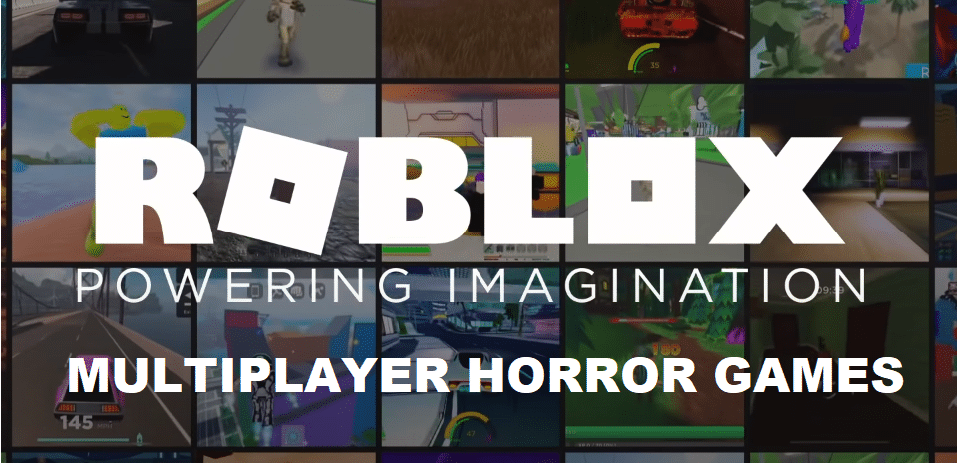


Give your players some room to imagine something horrifying. Moreover, the GM can leave something to the imagination. By examining what makes them creepy, the GM can flesh out their own world and characters. Additionally, instead of rolling dice, the GM can use tarot or playing cards to determine the fate of the characters (this is used at the beginning of The Curse of Strahd).įor Imaginative actions, the GM can turn to horror movies for inspiration on villains. To keep things balanced, the GM can even implement a system for hints for characters with high intelligence. Handing the players a puzzle box or something similar can allow them to become more immersed in the game. If the GM is feeling particularly crafty, they can create a real world equivalent to a puzzle the players are trying to solve. Props at the table can be anything from simple flavor to a way to gain an advantage or experience a setback in game. Leigh574 Critical Role GIF from Leigh574 GIFs Candles and props can set the mood, and tools and puzzles are a different way to finish a quest. Using real world items can add extra flavor to the game. In addition to simply rolling dice, however, GMs can pull out other tools for players. While this roll may not be related to anything in particular and your “note” may just be scribbles, this keeps players on their toes. It never hurts to, for instance, prompt a player to roll a die and then write something down while nodding to yourself. The game master (GM) can utilize these physical actions for their own benefit. While rolling to negotiate the price on ale isn’t all that stressful, rolling to take the final boss with one hit point left on your character sheet is. This could range from exciting to horrifying. Within the rules of D&D, rolling the dice is generally suspenseful. rolling the dice) and imaginative actions (e.g. Within the game, there are physical actions that the player takes (e.g. To make your game unique, you can look both inside and outside the rules. IHate Puzzles Survivor GIF from Ihatepuzzles GIFs These take horror tropes and monsters and prompt the GM to run the game like a horror movie. In addition to these, there are countless third party adventures for nearly every system out there. For instance, The Curse of Strahd and Tomb of Horrors, two of the most famous adventures in D&D, deal heavily with horror and suspense. In popular systems with long histories like D&D, there are a great deal of monsters and adventures that are horror themed. The story can also add horror and suspense elements to the adventure. The system also utilizes random encounters to flesh out the world while keeping players on their toes. It balances what your character excels at with the drama of not knowing exactly what will happen. Though your character may be incredibly skilled with a sword, there’s always a chance to fumble a roll. In Dungeons & Dragons, the rules build in suspense by implementing the random. What Drives Suspense And Horror In Your RPG System? Saga of Sundrys / Photo credit: Geek and Sundry The Rules In most RPGs, rolling the dice is enough to make your players’ hearts race, but adding in something a little extra can make your particular game unique. While most RPGs are centered around adventure, player characters will face many challenges along the way. Horror and suspense are one of the many subgenres of tabletop RPGs.


 0 kommentar(er)
0 kommentar(er)
